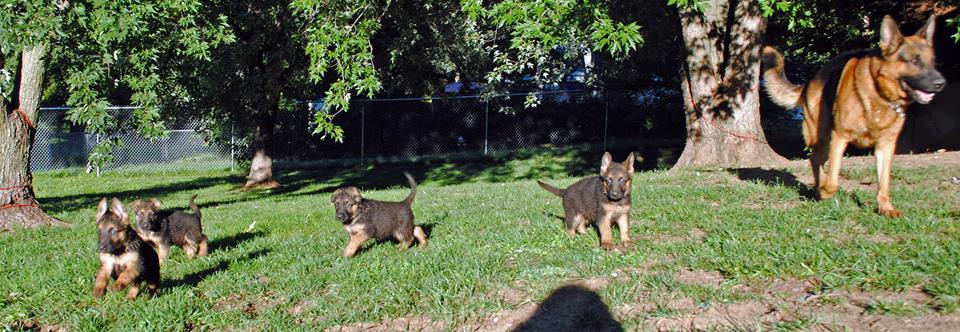I’m not quite sure which particular manner of 12-year-old nagging proved successful, but I somehow “whined” my way to Fenway Park the last Saturday evening of June in 1969.
Mom and Dad had already set up residence in the small cottage they’d over a decade earlier purchased/mortgaged – on “deeded” rather than leased land, as Pop liked to boast – along the short stretch of coastline claimed by the state of New Hampshire.
Maybe Dad’s work schedule “fit,” perhaps Mom wanted a break from the beach ahead of the looming Fourth of July drop-ins and such.
Somehow I found my way to Tom Yawkey’s old ball yard … but it was punches – along with a few chairs – rather than pitches that were being thrown. The crown jewel of the diamond that night was a ring.
Long before Vince McMahon invented Wrestlemania …
Well before the ambitious Mr. McMahon bought out his Dad and “barnstormed” the Territories in a whole new way …
Even before Vince and Linda were “promoting” Maine and booking Blue Oyster Cult concerts at the Cape Cod Coliseum …
The Red Auerbach of the Boston Professional Wrestling scene, Abe Ford, conjured up a collection of titanic clashes and special attractions that was just too big for the Gahden … midgets, ladies, a Battle Royal, a wild-man heel vs. wild-man heel Steel Cage Spectacular. The headliner for the evening was a Stretcher Match for WWWF supremacy.
An “undefeated” Young Lion of that day, Victor Rivera, was pitted against a returning tough guy nicknamed the Detroit Destroyer. I guess the match was “lower mid-card” and didn’t require a lot of time. The one-sided beat-down featuring the blatant – to all eyes but the referee’s, of course – use of a foreign object served to springboard this Michigan marauder to a July title opportunity.
That inconclusive donnybrook led to an August Tag Team Grudge Match where the Destroyer was partnered with the “Killer” who’d come up short in the Fenway main event. Naturally, these two wild-man heels were soon at odds and ultimately settled their score inside a steel cage in early November. In the run-up to that match, Walter “Killer” Kowalski offered these perhaps prophetic thoughts:
When I’m through with him he won’t ever be known as the ‘Animal’ or the ‘Detroit Destroyer.’ He’ll be known as the cute little puppy dog.Kowalski emerged victorious and continued challenging newly-minted ruffians like Ernie Ladd on future Garden cards.
His vanquished challenger would not be seen again in Boston for nearly a year. Again a one-sided win – this time over cagy old veteran Red Bastien – evoked a title shot. The Destroyer’s clean loss to the long-standing champion dropped him down the August card, facing a local kid who called himself John L. Sullivan and would later package his skills and persona as Luscious Johnny Valiant.
Then he vanished once more. This time the “Animal” was absent for two years, until July of 1972, and was in the main event against the new champ come the Dog Days of August.
Back in 1967, during the year he turned 30, an aspiring high school teacher and coach from Madison Heights, Michigan named Jim Myers latched on with a pro wrestling promotion based in Pittsburgh. Coach Myers would earn his way into the Michigan High School Football Coaches Hall of Fame and see his alma mater’s football field renamed in his honor in 2012.
When school was not in session, Jim morphed into the villainous George Steele, appearing regularly in the Northeast/WWWF area overseen by Vince McMahon, Sr. and Willie Gilzenberg, and promoted by guys like Abe Ford.
I don’t know what kind of money Jim as George was commanding in those days … no doubt a good bit better than a summer teaching gig would have paid.
Steele’s in-ring game was pretty much straight-forward brawler, shortcuts (like a foreign object) a specialty. His finisher was the Flying Hammerlock, in which the only thing that left the ground was the hapless victim – and a hold which an aging George seemed to have more and more difficulty applying safely.
The landscape of professional wrestling was already beginning to change in 1972. Abe Ford was an old-school, grass-roots style promoter. When ex-champ Bruno Sammartino unexpectedly missed a main-event match due to injury, Ford not only “juiced up” the card on the fly, but offered a full refund to anybody who so chose.
I’d purchased a program – for a whole 50 cents – the first time I went to see the matches. Therein was an offer to receive a free program through the mail for all Garden shows in perpetuity – which turned out to be three years, ironically through George Steele’s challenge for Pedro Morales’s WWWF championship on August 12, 1972.
My final piece of correspondence from Mr. Ford was a post card advertising a December card – also teasing the sale of a 16-page souvenir booklet on sale at the event.
Around the same time, familiar faces, voices and venues for the weekend TV matches and promotional interviews were being replaced – quite often by the tuxedoed, pompadoured presence of a very baby-face Vince McMahon, Jr.
Abe Ford and Pittsburgh play-by-play man Bill Cardille were among the first victims in Vinnie Mac’s not-so-baby-face, empire-building takeover of the territories. The Michigan football and amateur wrestling coach fared better in this budding world of Sports Entertainment as a green-tongued simpleton smitten with Miss Elizabeth and turn-buckle “dressing.”
And while George was running amok in McMahon Land to the extent that his scholastic responsibilities allowed, Jim Myers was raising three children with his wife of SIXTY years and serving in loco parentis to a village.
Here’s to “The Animal” in all of us – and RIP William James Myers.


